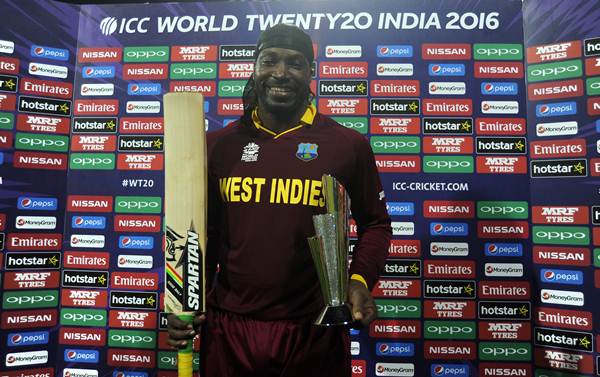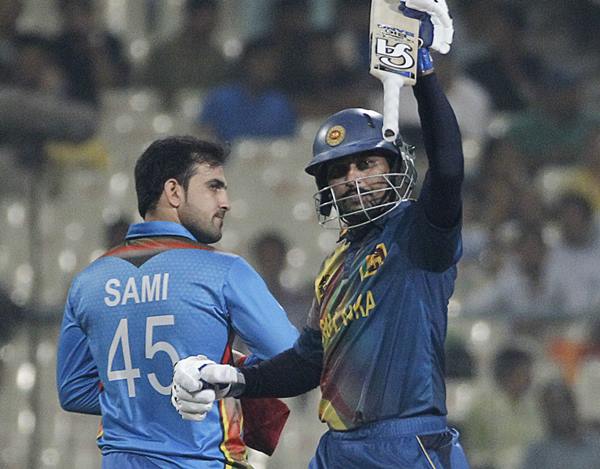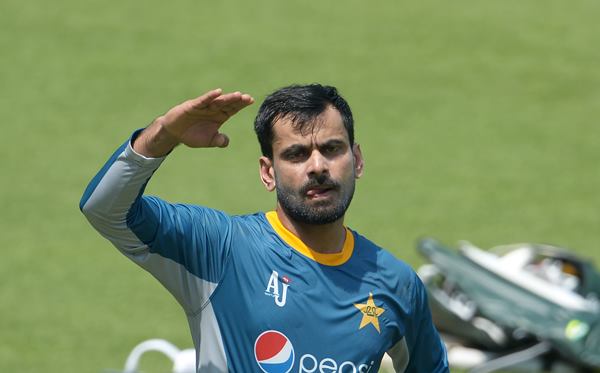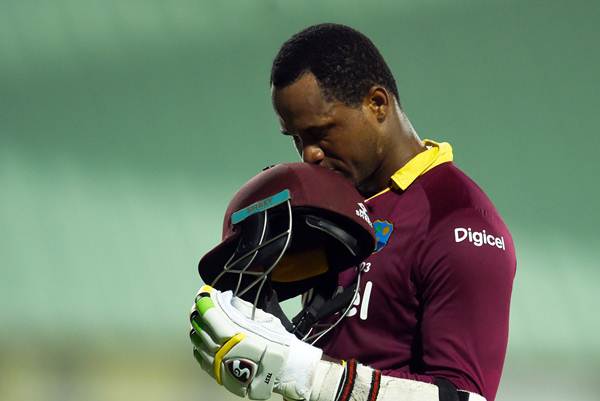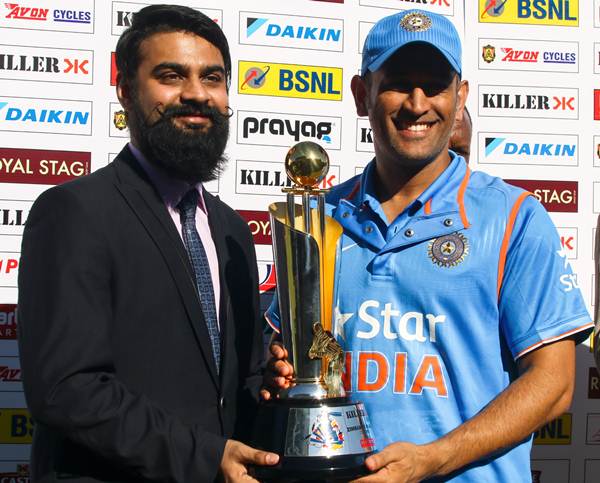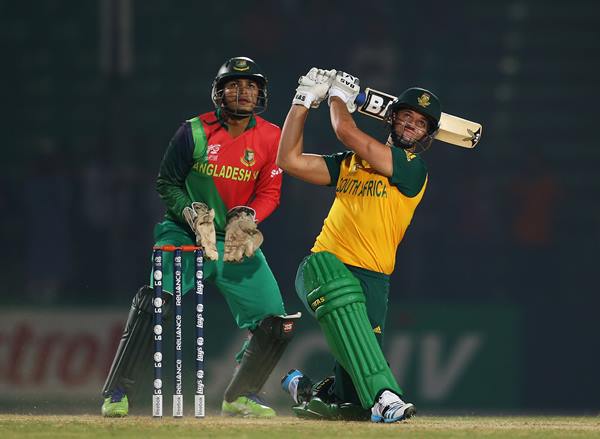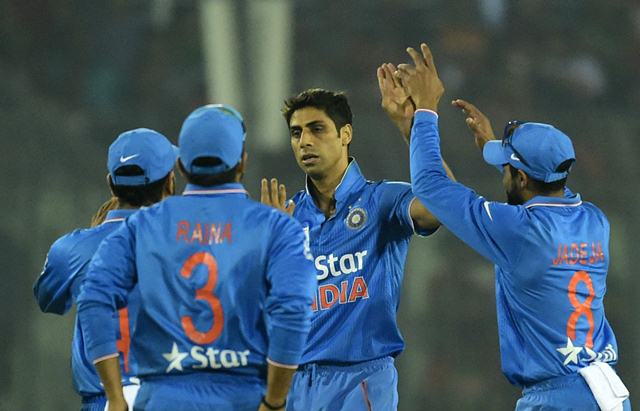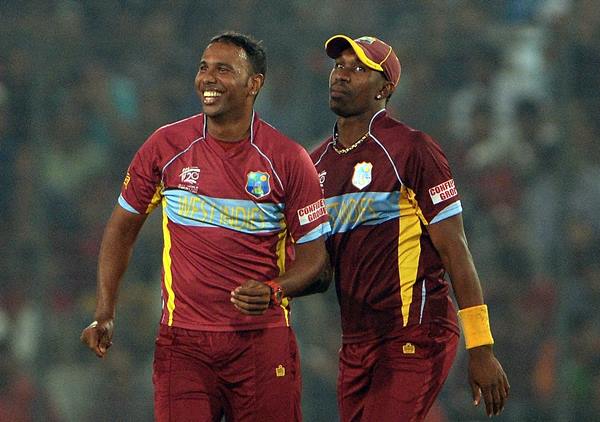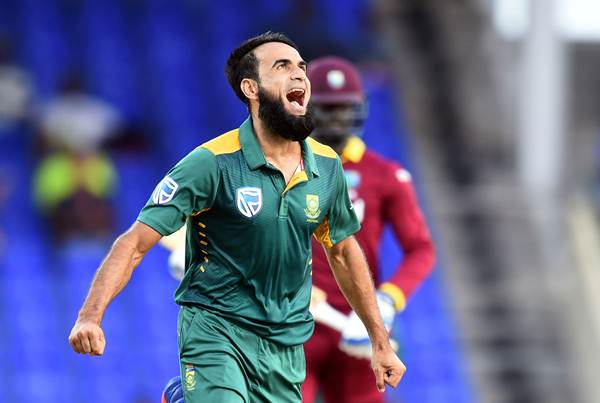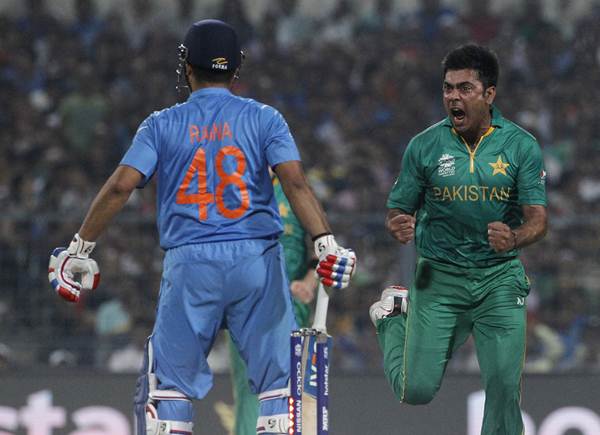Having debuted as a 21
year at Nagpur in 2006, a promising left hander went on to make a fifty and a
hundred in his first test. An impressive feat alright, but nothing legendary or
one for the record books. Who would’ve though, the 21 year old would go on to
represent his team in the next 139 off the 140 test matches they play since
2006, to become the most capped English player and the leading English run
scorer, by a distance? Now, touching 32, and just fresh of becoming only the
10th batsman to reach 11000 runs in test cricket, Cook has a realistic shot at
emulating the impossible numbers that the great Sachin Tendulkar racked up.
Cook has already played
253 innings across his 140 test matches, already the 7th highest number of
innings among all players to play test cricket. The reason for him getting so
many opportunities is because he has played 252 of his 253 innings as an opener
or at No.3. Cook averages 46.44, impressive, but still the second lowest in the
list of the Top 20 run getters. He just needs 4913 more runs to reach the
magical milestone, a small number in comparison to the 11008 runs he has
diligently racked up till now.
Cook has crept up to No.10 now.
Cook’s average also
remains lower than the rest as he only has 15 innings in which he remained not
out to his credit, because of his high batting positions. His breaching the
11000 run mark comes through some utterly dominant performances, especially in
Australia and Asia, as well as his relentless concentration and his all round
skill set. Not withstanding that, is Cook really good enough to be included in
a list with the names of Brian Lara, Sachin Tendulkar, Ricky Ponting and
Jacques Kallis?
The fact that Cook has
played almost every test match since his debut and that England play more test
matches than any other team can be summarised by the fact that Cook became the
fastest to reach the landmark, in just 10 years, 3 years faster than the next
fastest man to the landmark. It is worth noting that he had the lowest average
when he reached the landmark among the 10 players and took the 3rd most number
of innings to reach 11000.
Even though Sachin Tendulkar made his debut 5 years before Cook in terms of age, Cook still played more test matches and consequently more innings, but has been less prolific, with a difference of 11 runs per innings between them.
Cook has had his fair
share of chances, just like any other cricketer would have in a long career. He
must be given credit to keep himself injury free for more than a decade now,
but has also been considerably fortunate. Since Marcus Trescothick’s retirement
in 2006, the English team always had a dearth of openers. Cook made his debut
count and hence got permanently associated with Strauss to form a settled
opening combination, becoming a major player in the test setup. His severe dip
in form in late 2012 to 2014 coincided with Strauss’s retirement, and a further
lack of options. In 2009 and 2014, when there was pressure mounting of him and
his axing was imminent, he produced mach winning performances of 160 and 95
respectively to remain in the first 11.

Cook's rapid decline.

Cook's rapid decline.
What are the factors
that work on his favour? Age, a major one, is well and truly on his side. Most
batmen reach their peak between the 5-6 year period from their late twenties to
early 30s. Micheal Hussey made his debut at the age of 30, when Cook had
already over 9500 runs to his name. Kumar Sangakarra, Sachin Tendulkar, Ricky
Ponting all used their mid thirties to rack up their most dominant
performances. Sachin and Sanga even blossomed in their late 30s (37-38). Cook
is also bound to get the most number of opportunities, due to England’s packed
test schedule. He is going to average 10-12 test matches a year. Even if he
scores 800 runs a year, at a fairly under par average in the mid 40s, he will
still only be 37 when gets close to 16000 runs. If Misbah can continue playing
till 42, 37 is a great bet. That he is captain, as well as the most experienced
and the best fit for his role, will ensure that he stays in the team
throughout. He plays only one format, so he will be able to manage his workload
efficiently and stay in touch with test cricket the whole year round with ample
time for rest.
Can he do the improbable?
Cook will get closer to
Sachin every passing innings, but only time would time if he can really
challenge the tally, if he really has the hunger and the desire to pass the
hurdle and emulate the master. He has proved over time that he has the skills
and even the capabilities, but now comes the hard part. At this point, Cook has a better chance of getting closer to Sachin than not getting closer to him, but as he becomes older, the task infront of him will appear more mammoth and daunting.







